PLAYBO
Playbo organizes tech-free playdates for preschoolers to build social skills.
In response to educators' concerns about preschoolers' socio-emotional development, we designed a low-tech, community-driven service to support emotional growth. Research showed that high-tech learning and limited social opportunities have delayed development, leading to behavioral challenges and emotional regulation issues. Educators stressed hands-on, play-based learning to foster stability through modeling, coaching, and practice.
Playbo is a service designed for parents who want their preschoolers to enjoy technology-free play while building social skills. Using the Playbo app, parents can easily schedule playdates with other parents and meet at a Playbo location. Once there, children work together to solve puzzles, which unlock toys for them to explore and play with. It’s a fun, interactive way for kids to connect, collaborate, and enjoy screen-free activities in a safe and engaging environment.


How can community-driven services improve preschoolers' social connections?
Project Year: 2024
Overview: Playbo helps parents schedule tech-free playdates for preschoolers. Using the app, parents meet at Playbo locations where kids solve puzzles to unlock toys, fostering collaboration and social skills in a fun, screen-free environment.
Project Duration: 4 months (completed for a semester-long studio class)
Team:
Ciara Potter (Branding, UI/UX)
Danny Smoroske (Website)
Shruti Parasher (Structure)
Loc Nguyen (App and Animations)
Services: Service Design, Branding, Visual Identity, Graphic Design, Illustration

Project Overview
Background: Educators are increasingly concerned about preschoolers' socio-emotional development due to high-tech learning.With the rise of the digital age, technology appears to have slowed the socio-emotional growth of children aged 3-5 compared to previous years. Educators feel that authentic connections between children in this age group are not as strong as they once were.
Project Outline:
My team started with research, digging into user needs and competitor insights. Then, I built the brand identity—logo, colors, typography, and messaging. I mapped user flows, created wireframes, and refined high-fidelity designs through testing and feedback.
Research Process: Secondary Research, Primary Research, Ideation (Brainstorming, Crazy 8’s Exercise, Affinity Mapping), Service Blueprint, Business Model, Service System Map
Design Process: Market Research, User Research, Brand Strategy, Logo & Visual Identity, UX/UI Design & Prototyping, User Flows, Wireframes, High-Fidelity UI Design, Prototyping & Testing
01
05
Service Ideation and Solution
Brainstorming Sessions: We brainstormed ideas for our service in five rounds. With each round, we added more design constraints that were informed by our primary and secondary research, helping us focus on the most viable ideas.
Ideation & Refinement: After our brainstorming, we identified five directions for designing a viable service solution. We then created rough, low-fidelity sketches to visualize a variety of possible solutions. From these, we narrowed it down to two service solution directions.
Concept Visualization: We visualized our two concepts through storyboarding and presented them to a group of design students to get their feedback on the preferred direction. As a team, we also reviewed the proposed ideas and selected our final service direction.
02
Secondary Research
Increased Tech Dependency: The increased presence of technology in daily life has raised growing concerns among educators about its impact on preschoolers' development. This shift toward screen-based interactions reduces opportunities for hands-on activities, imaginative play, and meaningful face-to-face connections—key elements in fostering emotional regulation, empathy, and social skills during early childhood.
Behavioral & Emotional Challenges In recent years, educators and developmental specialists have observed a concerning trend: preschoolers are increasingly struggling to meet appropriate developmental milestones. A significant area of difficulty lies in behavioral and emotional regulation, particularly in mastering essential skills such as sharing, collaborating, and taking turns.
Foundational Social Connections: In the wake of the tech age and the COVID-19 pandemic, parents have faced increasing challenges in helping their preschool children form meaningful friendships. Busy schedules, limited opportunities for face-to-face interactions, and difficulties coordinating playdates have reduced the chances for children to socialize and engage with peers outside of preschool.
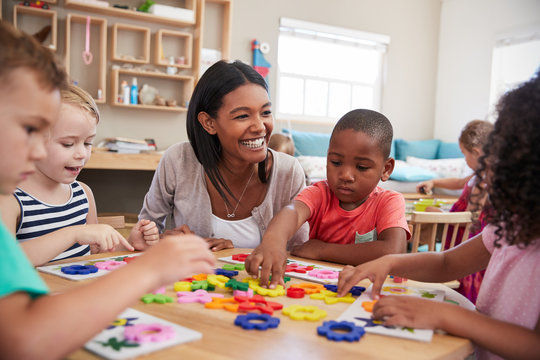
03
Understanding User & Pain Points
We interviewed preschool educators, child development psychologists and specialists, and parents to better understand the challenges faced by preschoolers.
"Some children, especially those with increased screen time during the pandemic, have developed habits of passive, individual engagement that hinder their ability to collaborate and play creatively with peers."
- Trisha, Pre-school Teacher
After extensive research and interviews, our team found that social-emotional growth in preschoolers has been delayed due to various factors, but primarily the dysregulated use of technology. Educators and experts have observed this development happening later compared to previous years and expressed growing concerns about limited opportunities outside the classroom.

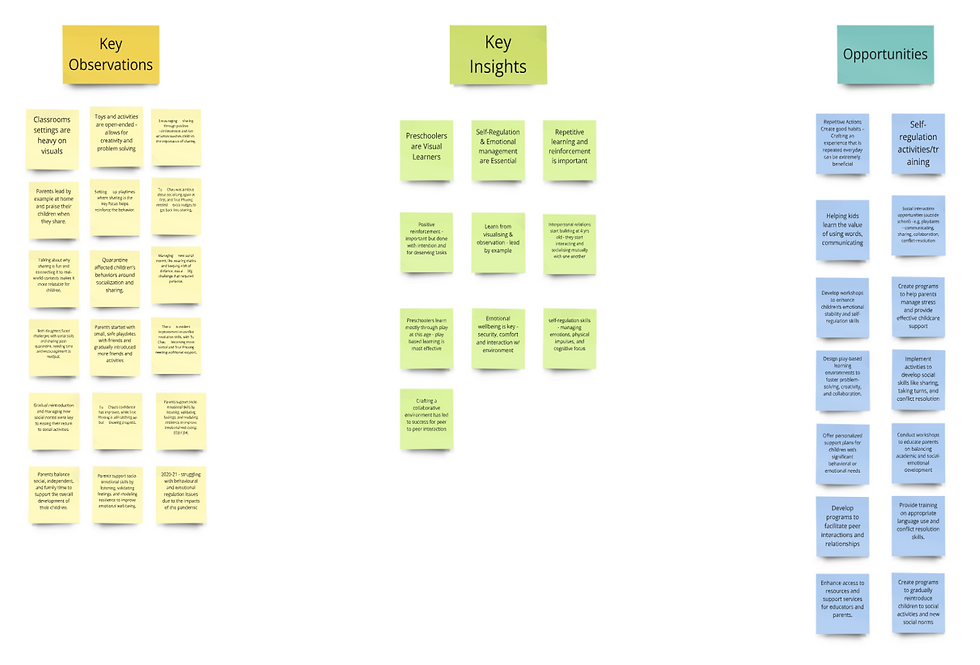

04
Key Insights
Increased Tech Dependency: The increased presence of technology in daily life has raised growing concerns among educators about its impact on preschoolers' development. This shift toward screen-based interactions reduces opportunities for hands-on activities, imaginative play, and meaningful face-to-face connections—key elements in fostering emotional regulation, empathy, and social skills during early childhood.
Behavioral & Emotional Challenges In recent years, educators and developmental specialists have observed a concerning trend: preschoolers are increasingly struggling to meet appropriate developmental milestones. A significant area of difficulty lies in behavioral and emotional regulation, particularly in mastering essential skills such as sharing, collaborating, and taking turns.
Foundational Social Connections: In the wake of the tech age and the COVID-19 pandemic, parents have faced increasing challenges in helping their preschool children form meaningful friendships. Busy schedules, limited opportunities for face-to-face interactions, and difficulties coordinating playdates have reduced the chances for children to socialize and engage with peers outside of preschool.
06
Visual Exploration
Goal: Design a low-tech, community-driven service for preschoolers aged 3-5 that facilitates social-emotional growth.
To design a preschool-friendly brand, I started by focusing on simplicity and relatability. I chose primary colors (red, blue, yellow) as they are visually engaging and familiar to young children. Inspired by basic geometric shapes, I used them as characters to illustrate the service in an easy-to-understand way.
This approach helped break down complex ideas into playful, digestible visuals. This included branding, storyboarding, animation and marketing materials that maintained this visual language. Initial feedback from a survey of 5 preschool parents confirmed that this made the service more approachable and accessible. From the first round of feedback, 80% of pre-school parents said the visuals made them more attracted to the service.

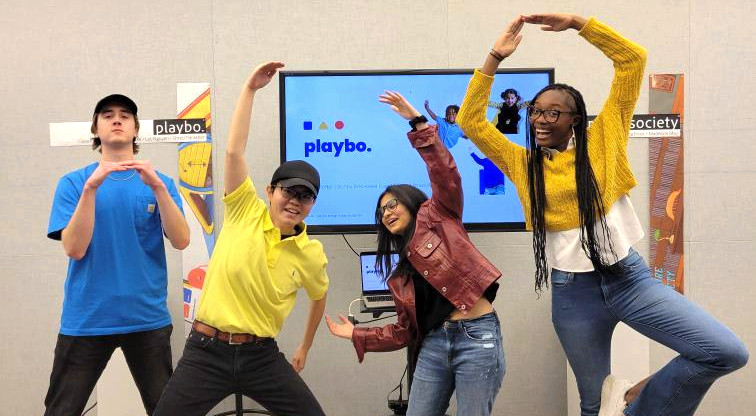
07
Feedback
The consensus from 3 rounds of feedback were the branding helped establish that this service was easy to use, approachable, and fun. They agreed that the branding made them more likely to use the service and they loved the use of shapes and primary colors.
What I Learned: One big takeaway was that simplicity works. Using primary colors and basic shapes made the service feel more approachable for parents. Overall, we learned to balance fun with functionality, making sure the design was engaging for kids but still easy for parents to use.

.png)
.png)
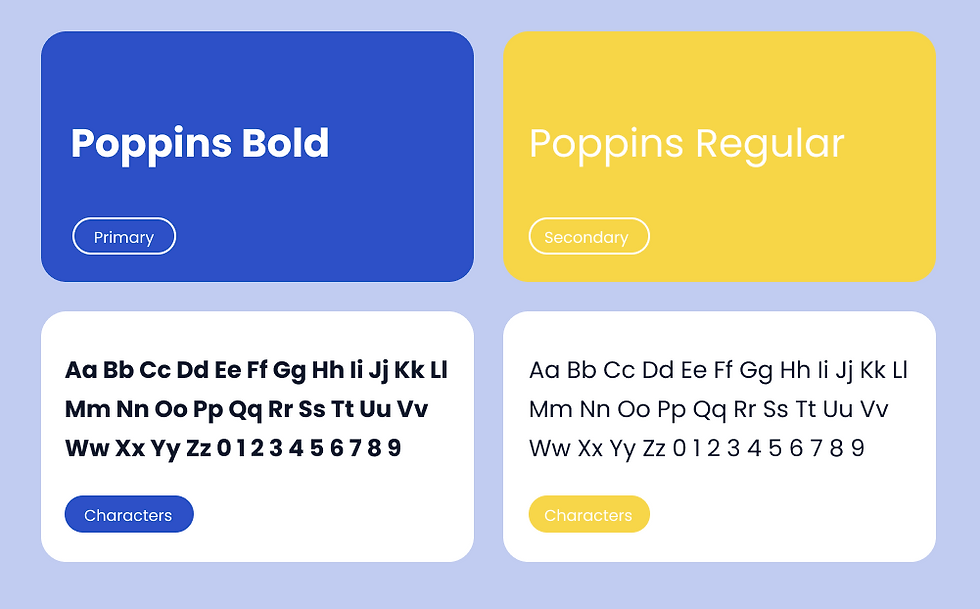.png)
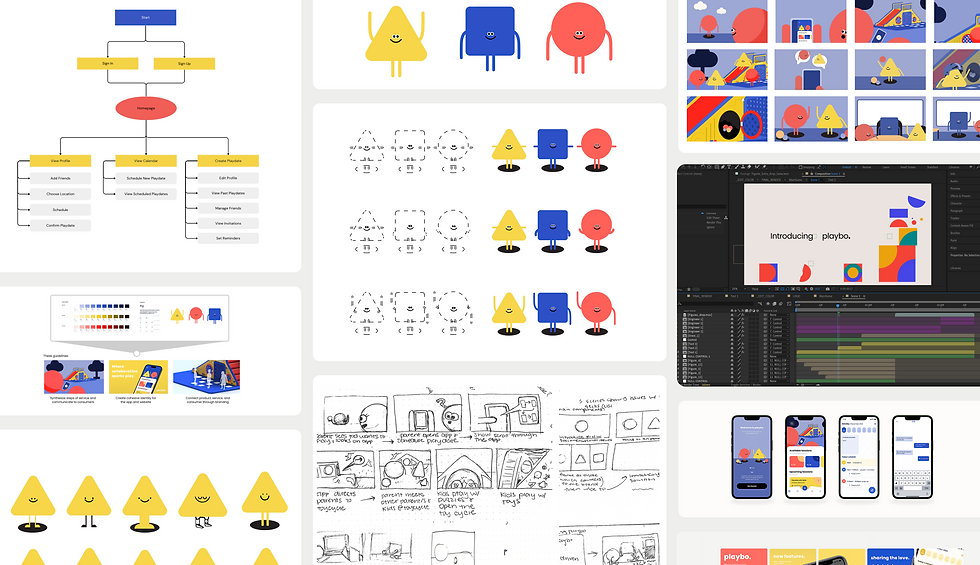.png)
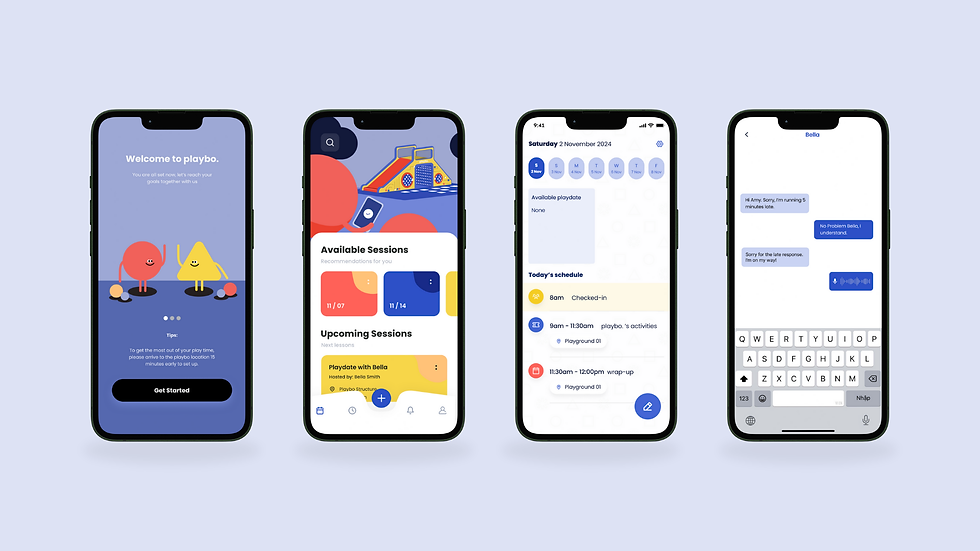.png)
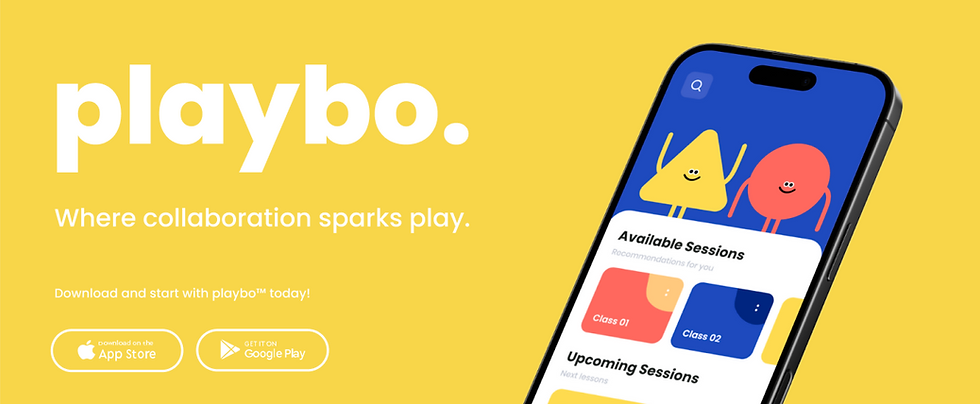
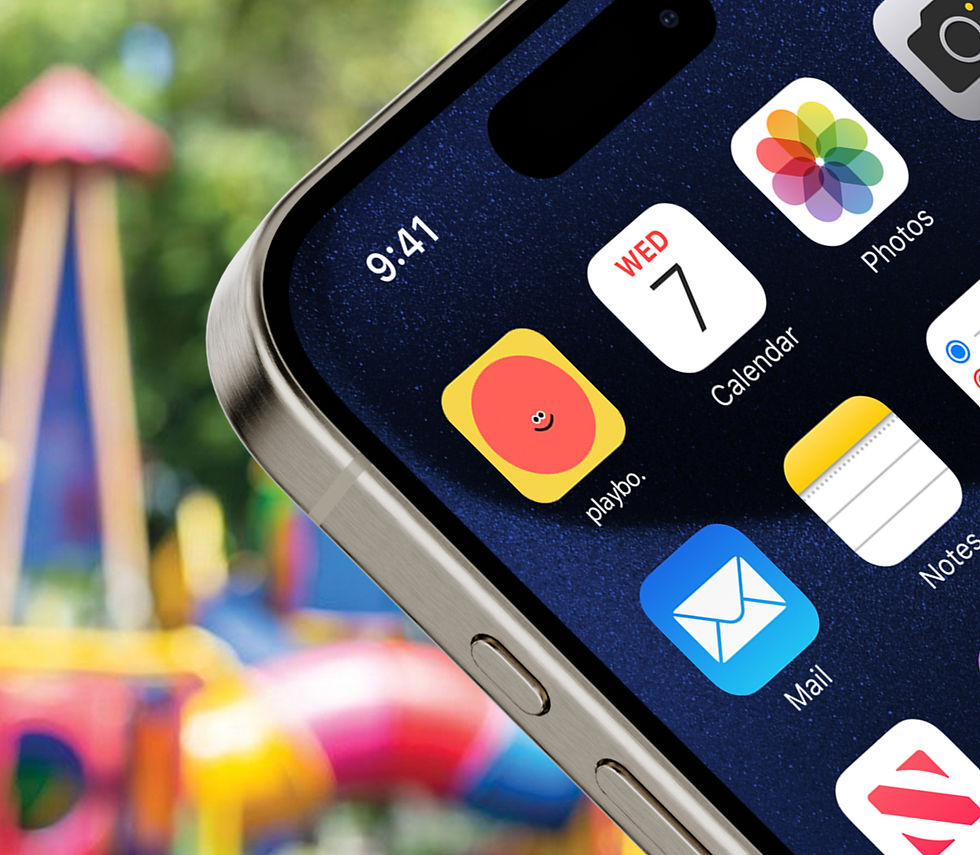


Let's work
together.
© 2025 by Ciara Potter.











